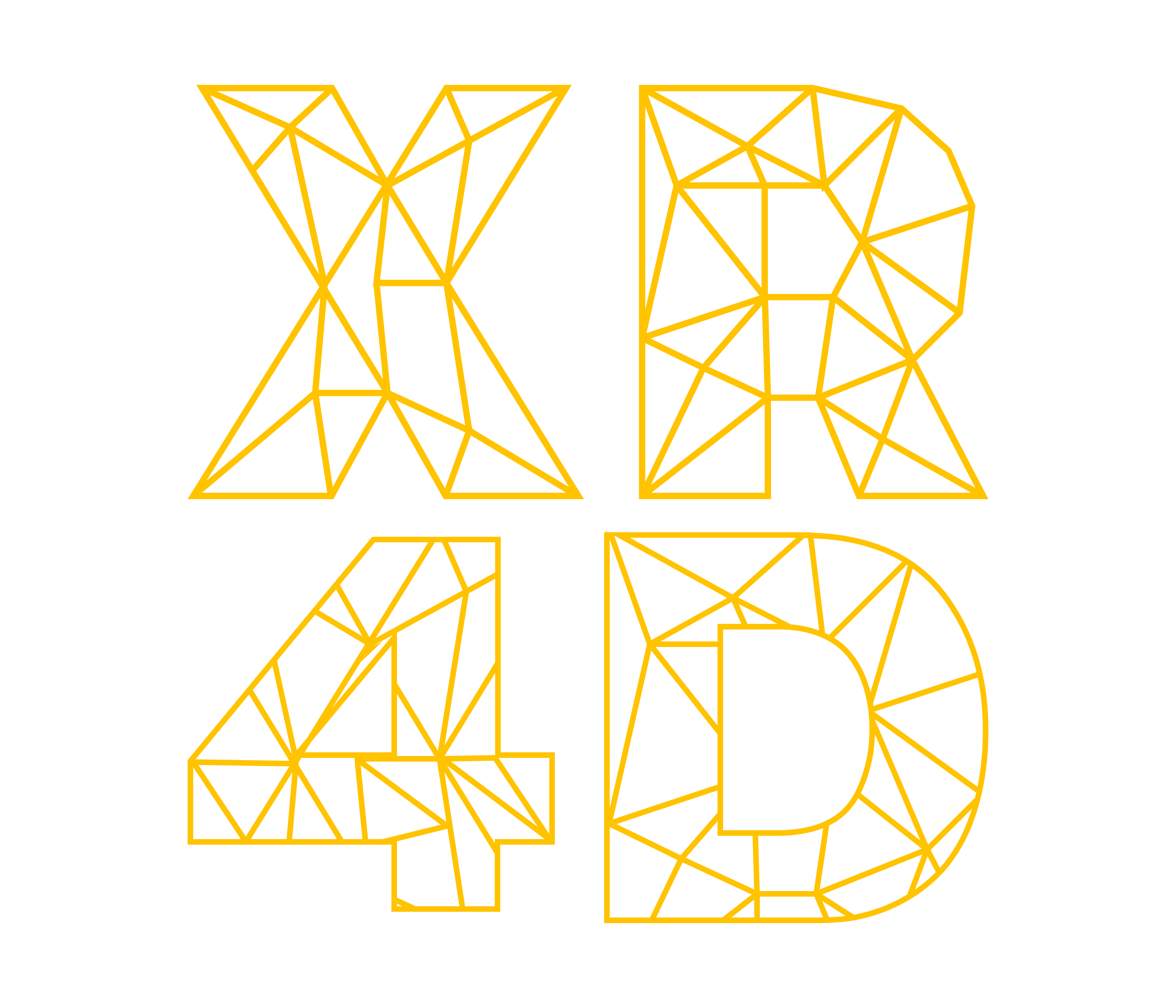What is XR?
eX(R)cellent
question!

XR is new, exciting tech, and everyone is talking about it. But what does XR mean and when can you start using this technology? We’ll take a look at how XR is different from AR and VR, and how it will integrate with new devices and the gear you own already.
XR, cross reality, or extended reality, is a catchall term for several different but related technologies. It rolls together similar acronyms like VR (virtual reality), AR (augmented reality), and MR (mixed reality). Once you know that tidbit, understanding XR gets a whole lot simpler.
Below, we’ll guide you quickly through the word swamp surrounding XR tech. You’ll see fast comparisons to VR, AR, and MR, plus XR examples. After reading this overview, you’ll have a better grip on your own reality when it comes to this new term.
What is XR?
In a nutshell, XR is “reality-plus” tech using any kind of display. XR is VR plus AR.
XR stands for “extended reality,” an umbrella term that covers VR, AR, and MR. All XR tech takes the human-to-PC screen interface and modifies it, either by 1) immersing you in the virtual environment (VR), 2) adds to, or augments, the user’s surroundings (AR), or 3) both of those (MR).
The term XR has been around for decades. It first popped up in the 1960s when Charles Wyckoff filed a patent for his silver-halide “XR” film, intended for photographing extremely bright light events, such as nuclear explosions.
More recently, the term has moved into the mainstream as device makers struggle to describe the different display upgrades they’re working with. A couple of examples are immersing gamers in the action by putting a screen (a smartphone display or headset) right in front of the eyes (VR) or adding game characters to real-world surroundings like in the popular Pokémon Go (AR).
